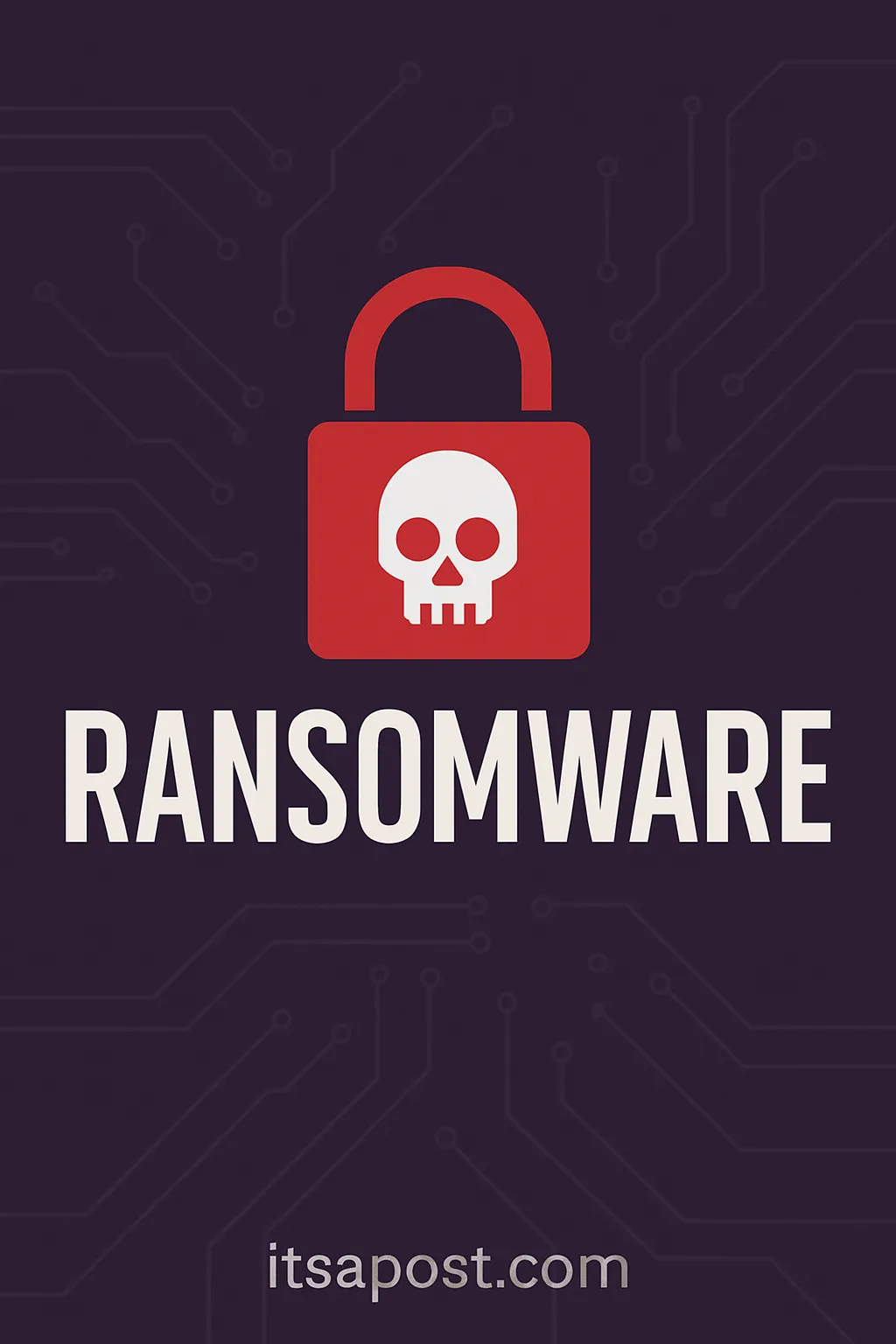Understanding the Surge in Ransomware Attacks: A Comprehensive Guide
As we navigate the digital age, ransomware attacks have surged, posing significant threats to individuals, businesses, and governments worldwide. This form of cyber extortion involves hackers infiltrating a system to encrypt files, demanding payment for the decryption key. Here, we uncover recent trends, the mechanics of these attacks, and how to protect against them.
What is Ransomware?
Ransomware is malicious software that holds data hostage in exchange for ransom. Attackers typically gain access through vulnerabilities in software or by deceiving individuals into providing access credentials.
Recent Trends in Ransomware Attacks
A startling revelation came from a 2023 report which highlighted the theft of sensitive information from the UK government. This incident underlines the escalating scope and sophistication of these attacks. By 2025, it's anticipated that ransomware strategies will continue to evolve, becoming more complex and harder to detect, as detailed by The Hacker News.
Detecting and Responding to Ransomware
Over half of these incidents start with compromised internet-facing vulnerabilities, with attackers leveraging leaked or weak credentials (Apple News report). The first step in defense is robust cybersecurity protocols and regular audits to identify and rectify these vulnerabilities.
How Ransomware Attacks Are Initiated
Most commonly, attackers exploit software flaws or social engineering tactics. Once inside the system, they encrypt valuable data, paralyzing operations and demanding hefty ransoms.
Global Impact and Statistics
In January 2025 alone, a record level of ransomware attacks were reported, severely impacting global operations across various sectors (ITBrief News). The increasing frequency and finesse of these attacks highlight the urgency for enhanced cybersecurity measures.
Preventive Measures and Best Practices
Key strategies include updating software regularly, training staff on security awareness, using multi-factor authentication, and maintaining offline backups of critical data.
Expert Insights and Recommendations
As ransomware tactics evolve, so must our defenses. Proactive protection, swift incident response, and continuous learning are paramount. Remember, paying the ransom does not guarantee data retrieval and might encourage further attacks.
Conclusion
Ransomware remains a prominent threat. Employing preventive measures, staying informed about latest tactics, and preparing for potential attacks are crucial steps in fortifying defenses against this pervasive digital menace.
